When I’m wandering around the property with the goats, I often encounter some really beautiful wildflowers. I have no idea what most of them are, but if you do, I’d love to hear from you, so that I can label them properly.
6:58 p.m. EST — Update: Thanks to everyone for your help identifying these native plants! I may have a new round next week!
David of Goat-ama (another great farming blog, that you should check out!) has kindly identified this as Bird’s Foot Trefoil. It is a common forage plant for livestock, but apparently, in floriography (the Victorian-age means of communicating via flowers), they symbolize revenge, or retribution. It’s no wonder David’s goats are interested in the other options they have — and so are ours!
I am wondering if this one is the Great Blue Lobelia, but the coloration isn’t quite as I see in photos, so I’m not sure. The shape sure seems right!
Thanks to Gerry Williamson for solving the identity of the last two flowers! What a great website — US Wildflowers — for helping to identify these native plants!
This next one appears to be St. John’s Wort — good to know it’s growing here, as it can be toxic and even fatal to goats! I’ll have to make sure our girls avoid it. Thanks to Bethany of Cyberoptix Ties for identifying it! Oh, and you should really check out her awesome eco-friendly, solvent-free hand silk-screened ties. Great designs that you’ll find nowhere else!
Now, these lovelies I can identify.
Thistle — considered a weed, yes. But I think they are gorgeous, even if a bit grumpy.
Black Eyed Susans — admittedly, these are not growing wild, but are in my front garden bed. A favorite of mine. Such cheerful blooms!
So, are there any wildflower experts out there who can take a jab at naming the unidentified blooms up top?
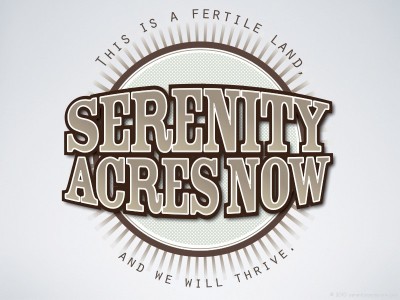

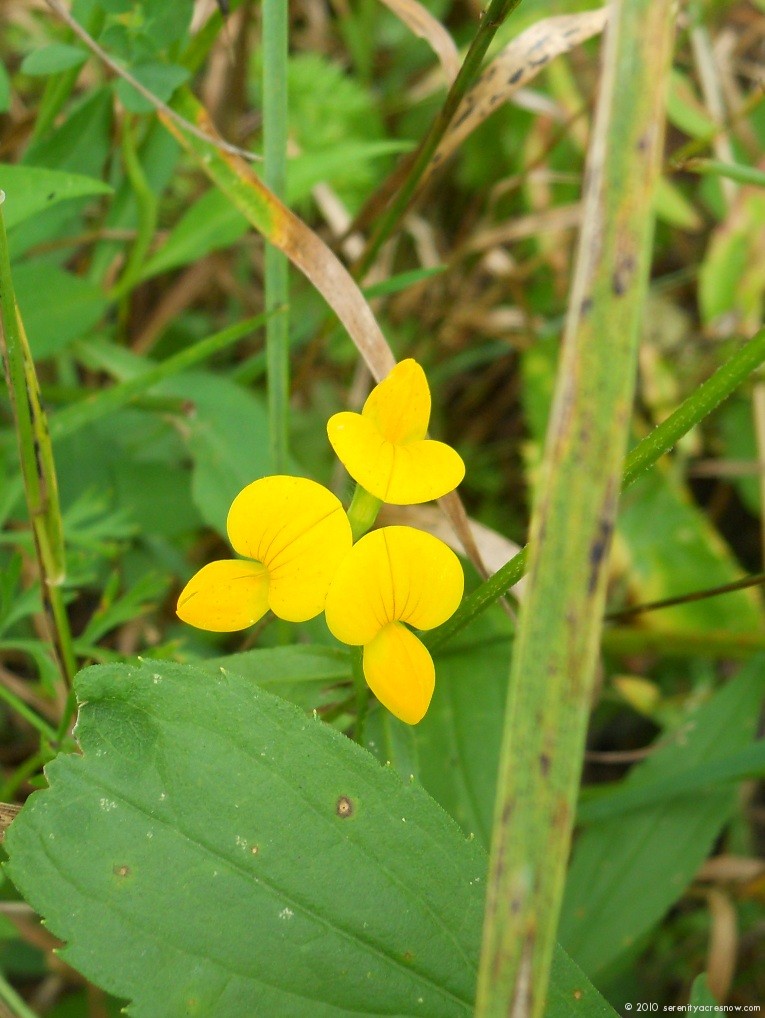
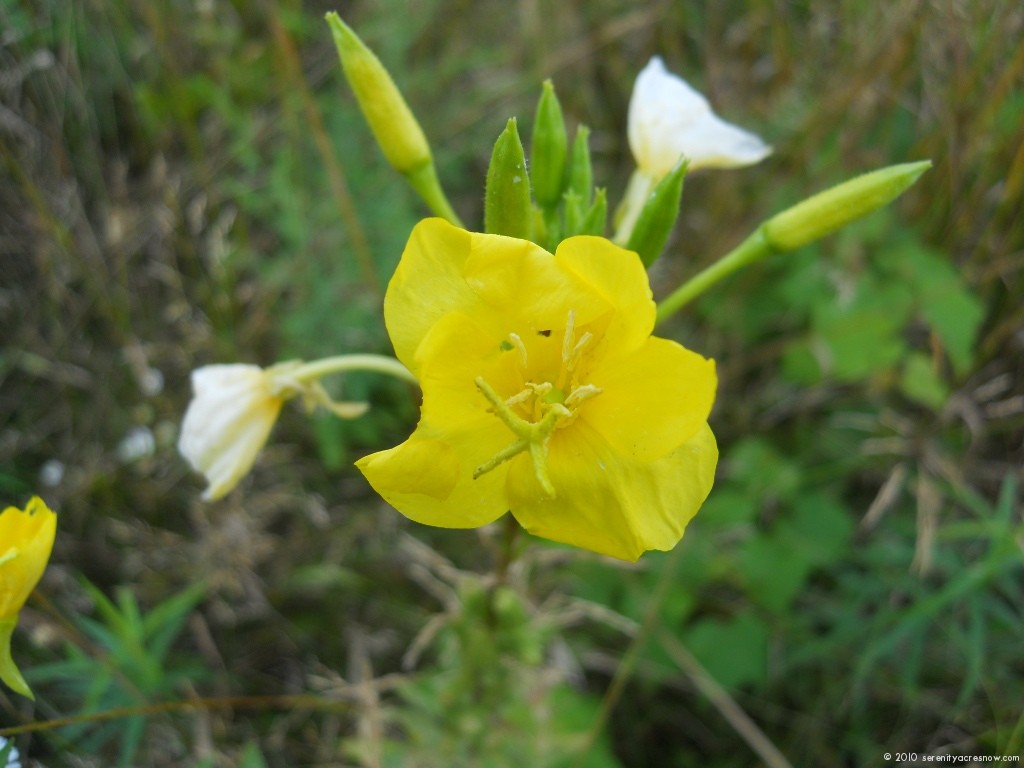
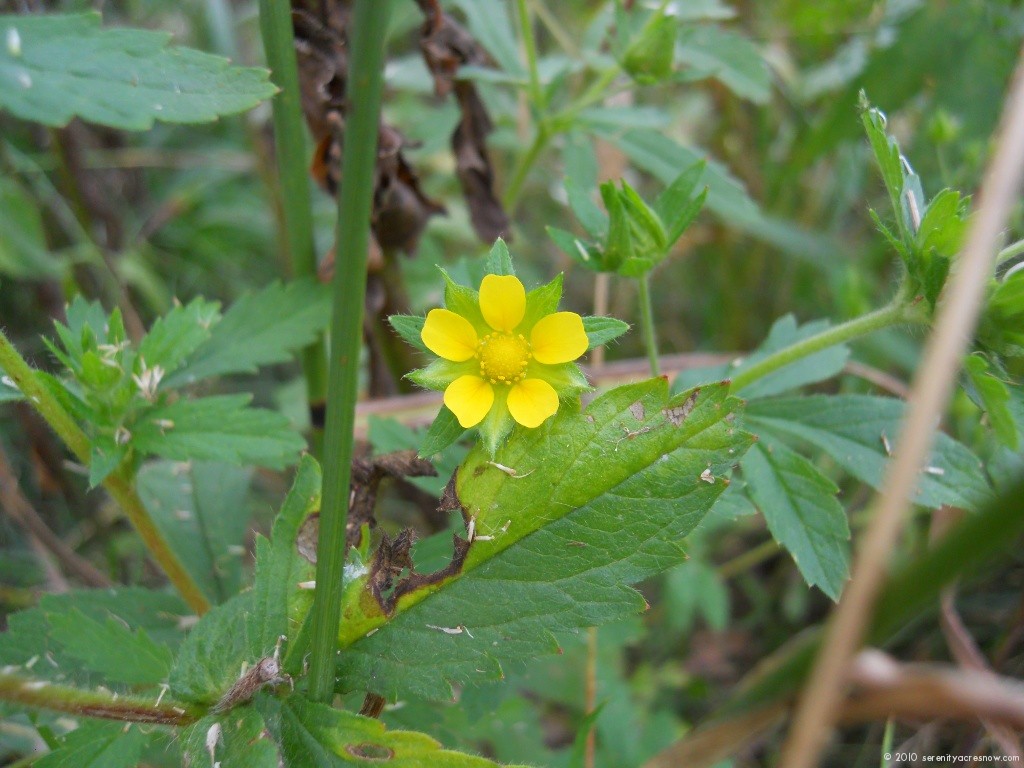
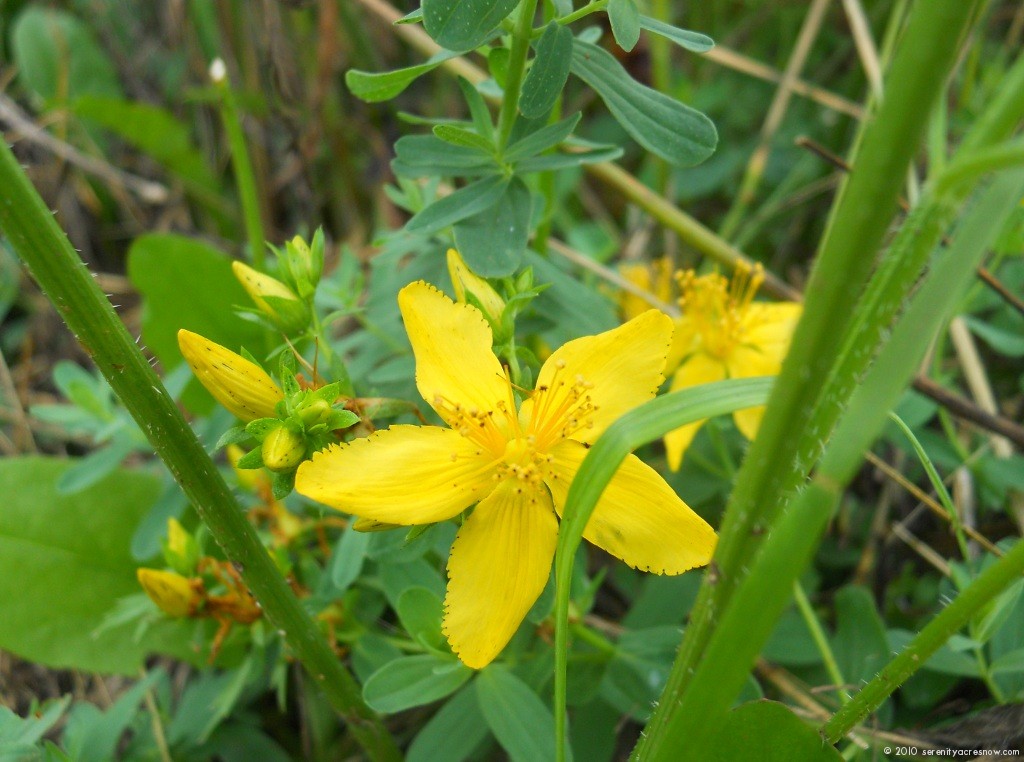
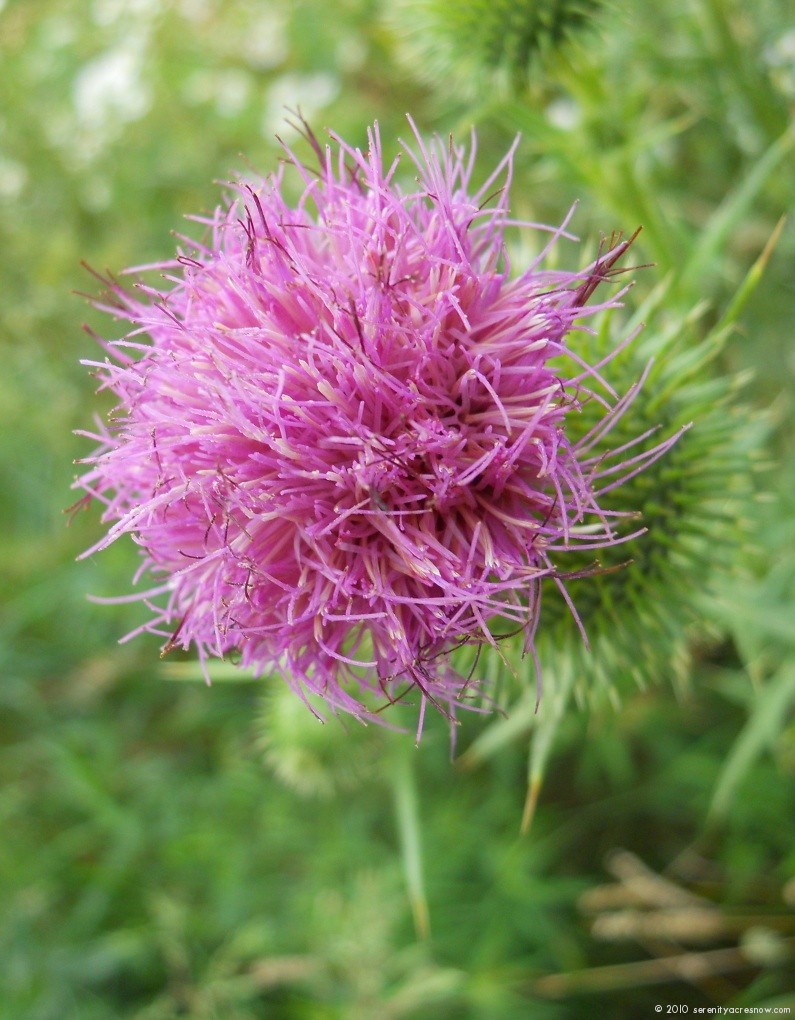
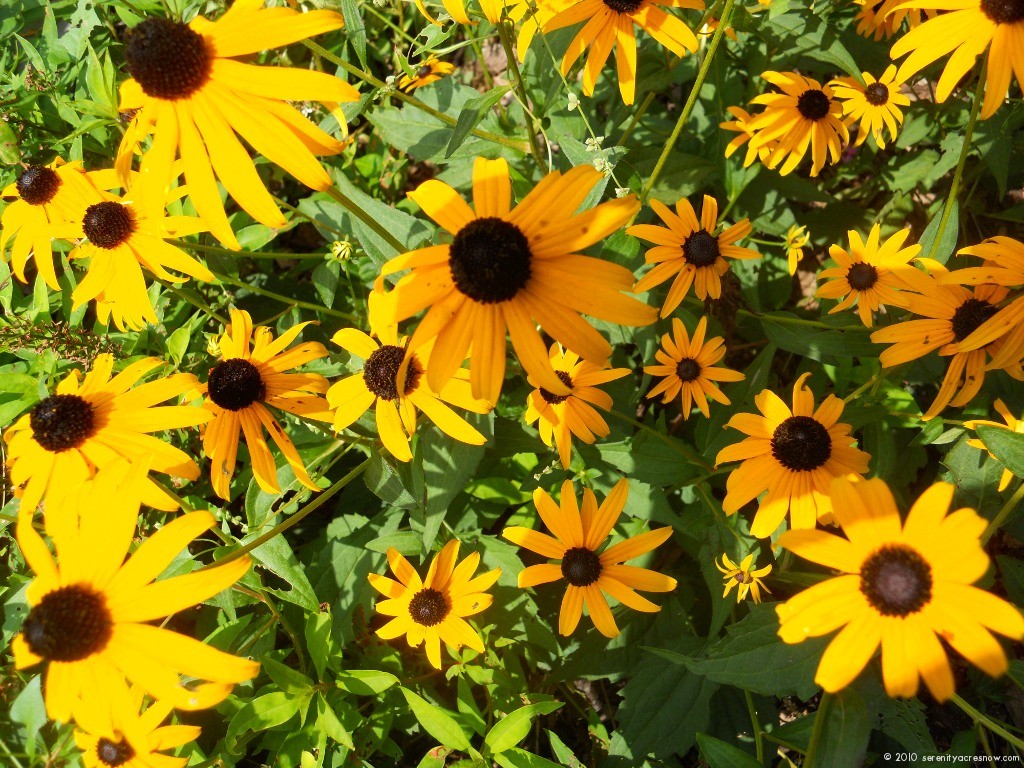

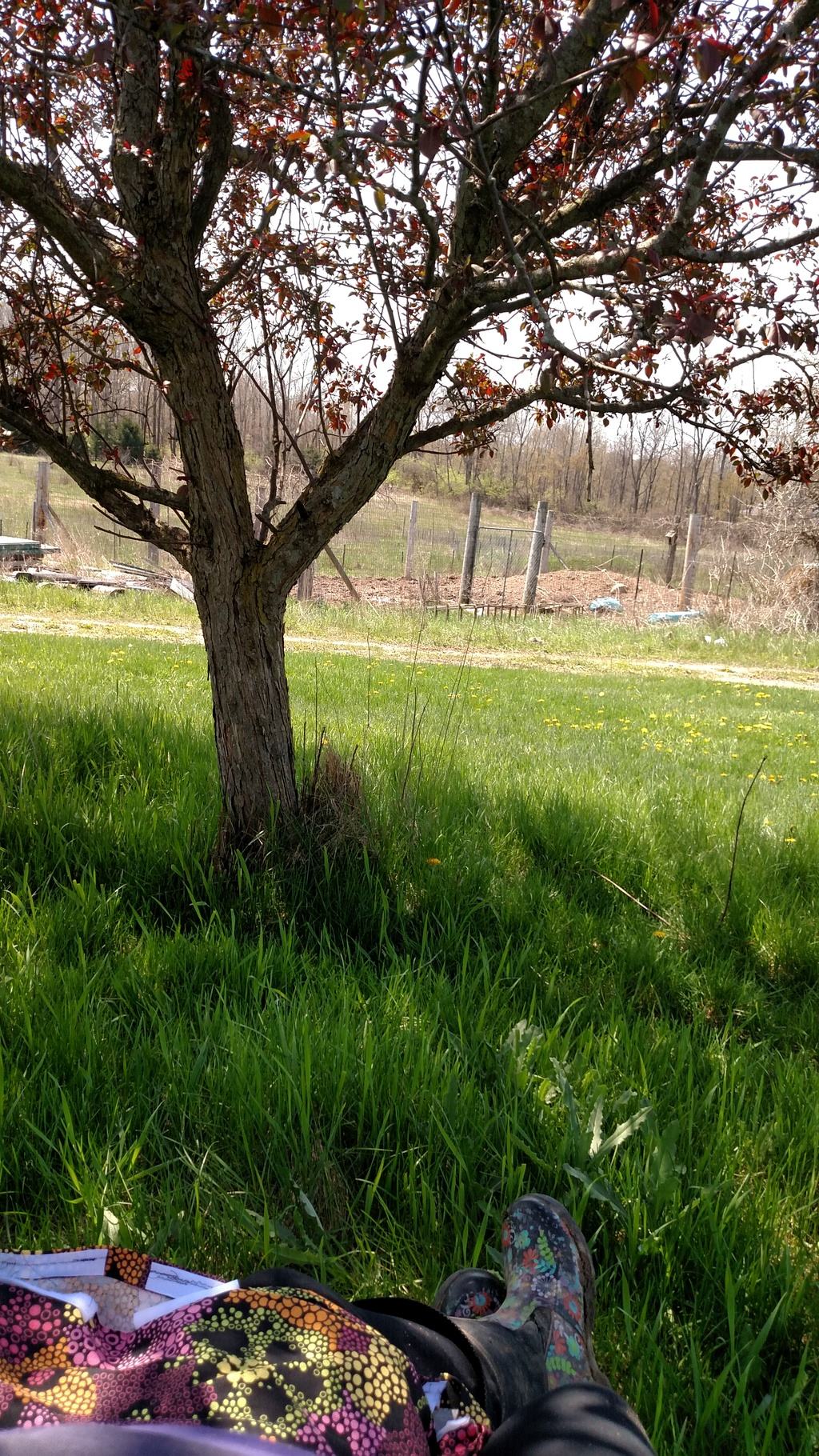
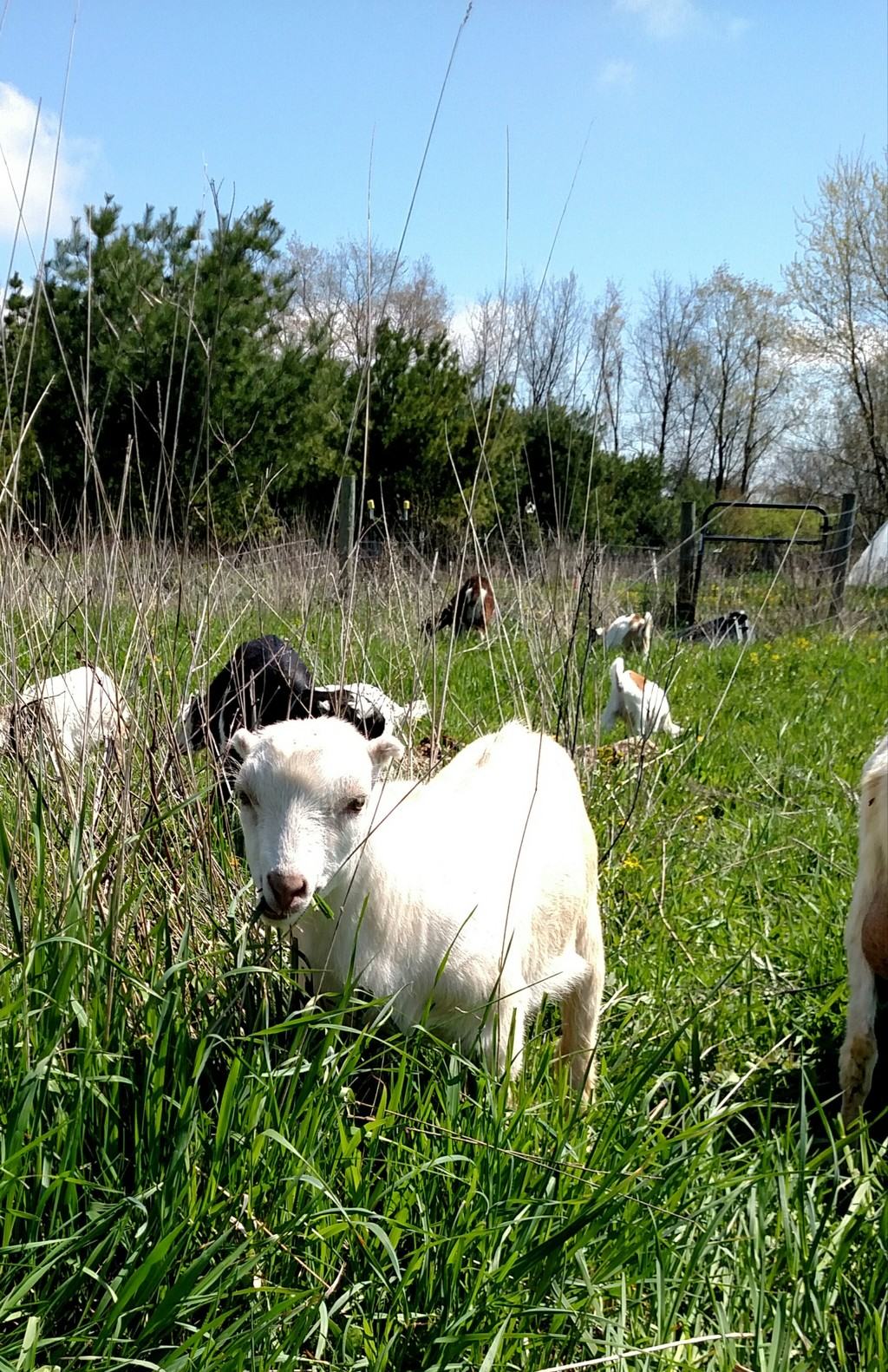
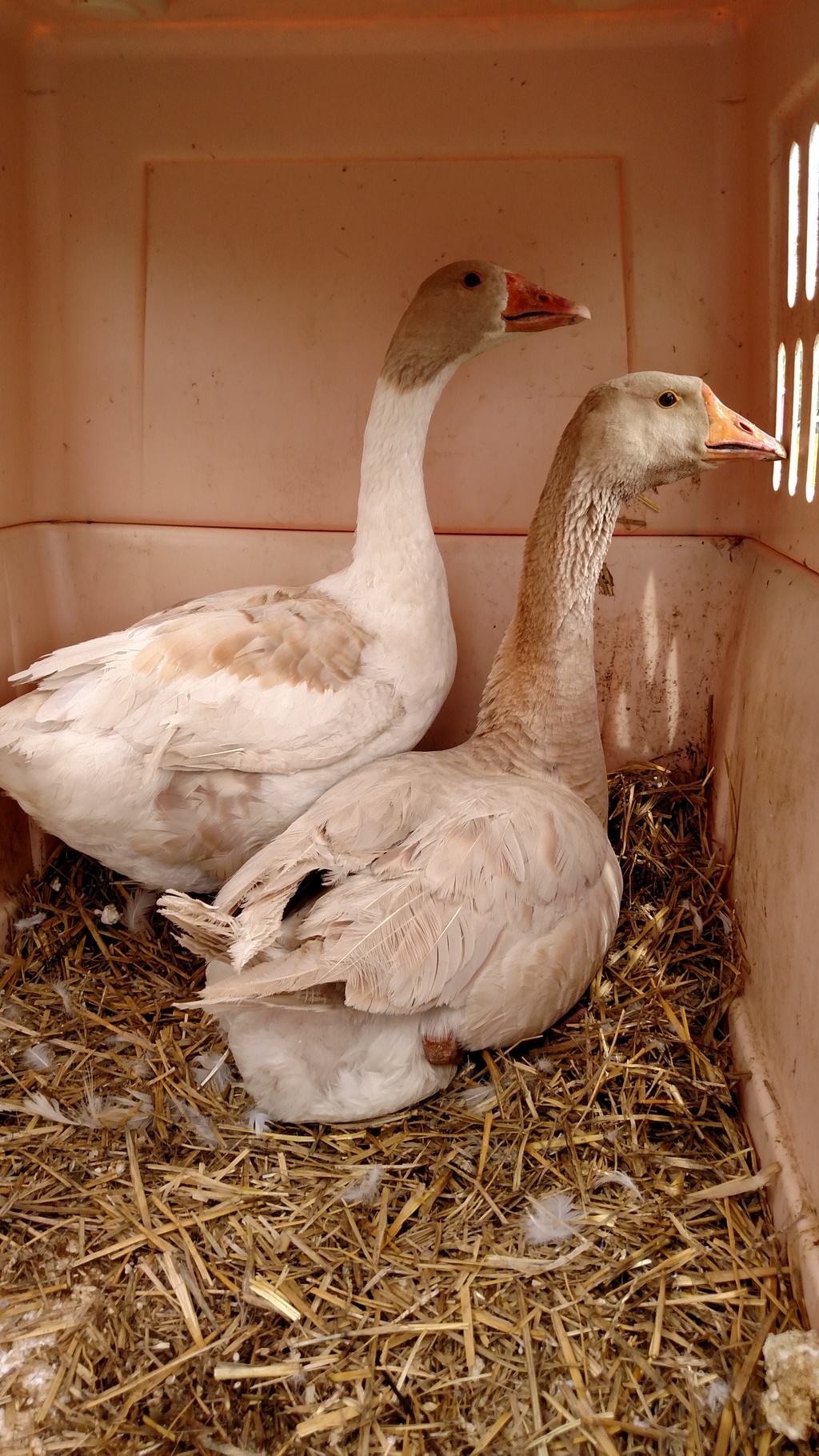
Leave a Reply